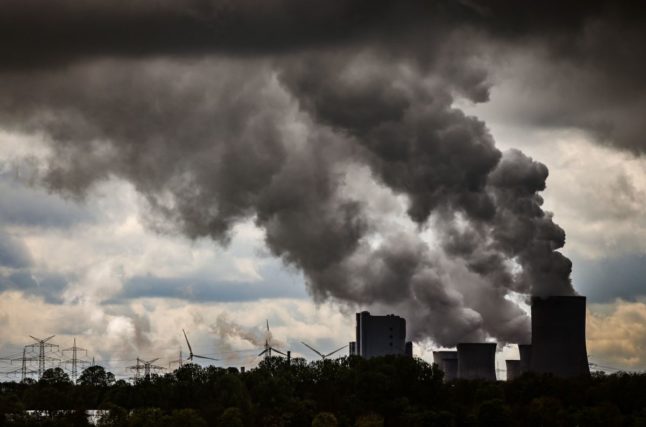The Pentecost holiday weekend came to a violent end as a tornado ripped a path of destruction between the southern Brandenburg town of Mühlberg and the Saxon district of Großenhain. A police spokesperson said two storm fronts caused hurricane-strength winds in the region.
Click here for a gallery of the storm damage.
In Großenhain a six-year-old girl was killed when an uprooted tree fell on a car in which she was sitting. Meanwhile local homes in the town of 20,000 sustained heavy roof damage and national rail carrier Deutsche Bahn reported substantial delays caused by damage along train tracks.
The town of Mühlberg was hit particularly hard by the tornado, with tiled roofs on at least 20 homes reportedly destroyed. The steeple of the town’s church was also heavily damaged. Countless trees were also uprooted, making many streets impassable. A nearby bridge over the Elbe River had to be closed due to damage.
Power and telephone service was also reportedly out in the region following the storm.
Commuters on Tuesday morning should expect delays due to road damage and clean-up efforts in Großenhain, Radeberg and Leppersdorf, a traffic warning service spokesperson said. Continued train delays were also expected.




 Please whitelist us to continue reading.
Please whitelist us to continue reading.
Member comments